Ca tru art classes organized by the General Museum - Photo: DH
Classroom without podium
The Uyen Phong Village Ca Tru Club (Tuyen Hoa Commune) was established 23 years ago and currently has 28 members, belonging to 5 generations. The oldest is nearly 80 years old, the youngest is only 10 years old. They do not consider Ca Tru as a profession to be learned according to a model, but as a way of life, a breath that has permeated their blood and flesh, and is naturally continued through each generation.
From a few seniors at the beginning, the club now has a following of students and teenagers who regularly participate. Every week, the children gather together to learn how to clap, breathe, and pronounce words. And so, day after day, month after month, the ca tru melodies gradually permeate their thoughts and breathing.
Not only do they learn to sing, they also listen to stories about the village’s history, about the ancestors of the profession, and about the years when ca tru was forgotten during the war. “Some children can sing old, difficult songs. Although their voices are not yet standard, they have soul. Looking at them, I feel at peace,” folk artist Dang Thi Thi, from the Uyen Phong Ca Tru Club, said emotionally.
Tran Ha Thao Nguyen, a student at Chau Hoa Primary School (Tuyen Hoa Commune), is one of the most outstanding “seedlings” of the Club. At first, Ca Tru was something very strange to her. In order to be able to sing in the right tone and beat the right rhythm, she had to practice each song phrase and each hand movement so that it was both light and steady.
From being shy and timid when standing in front of people, Thao Nguyen can now confidently raise her voice, perform with a bright spirit and emotional style. Each melody, each clapper sound has planted in that young soul a special love for traditional music .
It is a simple yet enduring love like the Gianh River, flowing silently through many rainy and sunny seasons, still carrying within it the silt of memories and cultural pride. “At first, I found it difficult to learn, especially breathing and pronouncing words, but the more I learned, the more I liked it,” Thao Nguyen said innocently.
In October 2009, the Vietnamese heritage of Ca Tru singing was recognized by UNESCO as an intangible cultural heritage of humanity in need of urgent protection. The art of Ca Tru singing in Quang Tri is currently present in the northern communes. Here, there is no form of organizing Ca Tru activities according to clans (like some provinces in the north), but only the form of organizing activities at clubs. |
The flow is persistent
Not only in Uyen Phong, the art of Ca Tru in Quang Binh has recently been revived in many localities, especially the villages along the Gianh River. Currently, the whole province has nearly 10 Ca Tru clubs with the participation of hundreds of members. Folk artists and excellent artists have become "living human treasures" who diligently teach from generation to generation.
Teaching sessions are held regularly every week, under the roof of the village cultural house or in the village communal house yard. There, the sound of clappers and zithers blend with the voices of children, creating a simple yet profound artistic space. There, the artist is both a teacher and a person who inspires the passion, patiently shaping each breath, the way to take the rhythm, pronounce the words...
Like a relentless flow, Ca Tru gradually seeped into the lives of the villages along the Gianh River. People sang Ca Tru during village festivals and community activities with performances that were not elaborate on stage but were full of emotion and close to life.
Meritorious artist Ho Xuan The (Quang Trach commune) proudly recounts that, in 65 years of pursuing the Ca Tru profession and 26 years of establishing the Dong Duong village Ca Tru Club, he and many generations of artists here have diligently taught many young generations. Then, "old bamboo, young bamboo grows", the students gradually grow up, spread out to many places, carrying with them the heritage of their homeland to continue spreading in new environments.
The journey of preserving and transmitting Ca Tru is not only to preserve an ancient singing voice, but also a way for the community to affirm its identity, to nurture pride and cultural awareness in each young generation. Thanks to the perseverance of the artisans, the companionship of families and schools, the "green shoots" of Ca Tru are gradually growing up, singing clearly in everyday life.
Passing on Ca Tru to the young generation at the Ca Tru Club of Uyen Phong village - Photo: DH
Preservation is making heritage live on.
Mr. Mai Xuan Thanh, Deputy Director of the Department of Culture, Sports and Tourism of Quang Tri province, said: “Up to now, across the country, Ca Tru is still on the list of intangible cultural heritages in need of urgent protection. In Quang Tri, we have taken concrete steps in restoring and transmitting this art form, especially in coordination with clubs, artisans and educational institutions in the localities. In particular, we focus on creating playgrounds and performance practice environments for young artisans, while organizing training and teaching classes to ensure sustainable inheritance.”
However, as Mr. Mai Xuan Thanh himself admitted, that is still not enough. Preservation cannot stop at keeping and restoring the external form, but more importantly, it is to make the heritage continue to live in community life, in the minds of the young generation and in close-knit performance spaces.
Unlike other art forms, Ca Tru is a popular performance form but not widely known because the singing style is not easy and very unique. Teaching therefore also faces many difficulties, especially when most of the artists are old. Time waits for no one, therefore, passing on the heritage cannot wait for a convenient time but must be done with all urgency and enthusiasm from today and must be an effort from many sides.
If one day, the sound of ca tru resounds again in the school yard, on the square or in the middle of a village festival, it will certainly be partly the work of those who have quietly "sown" the heritage from small houses in the countryside.
Dieu Huong
Source: https://baoquangtri.vn/tieng-go-phach-khong-don-doc-196359.htm


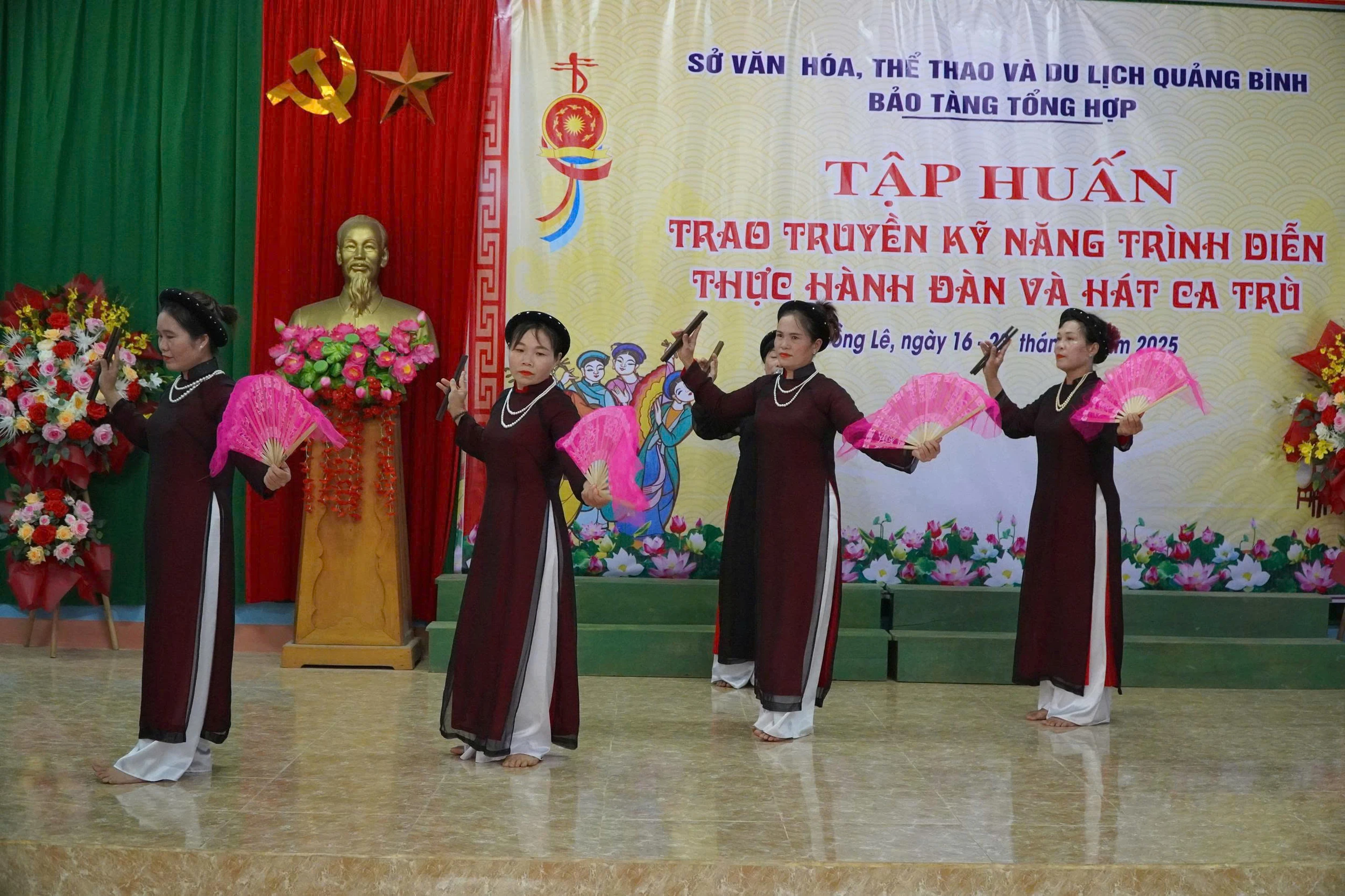
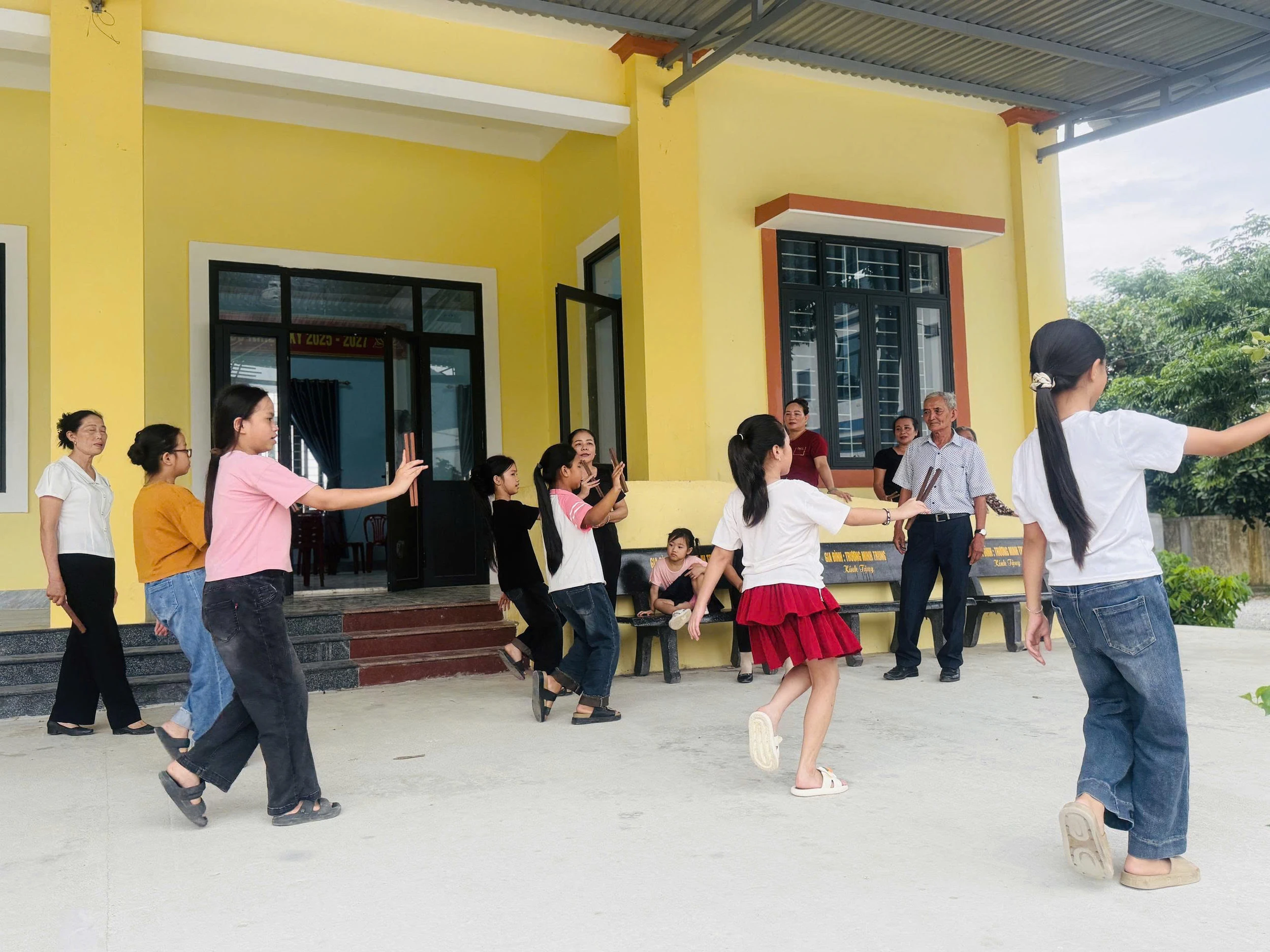
![[Photo] Prime Minister Pham Minh Chinh chairs the second meeting of the Steering Committee on private economic development.](https://vphoto.vietnam.vn/thumb/1200x675/vietnam/resource/IMAGE/2025/11/01/1762006716873_dsc-9145-jpg.webp)
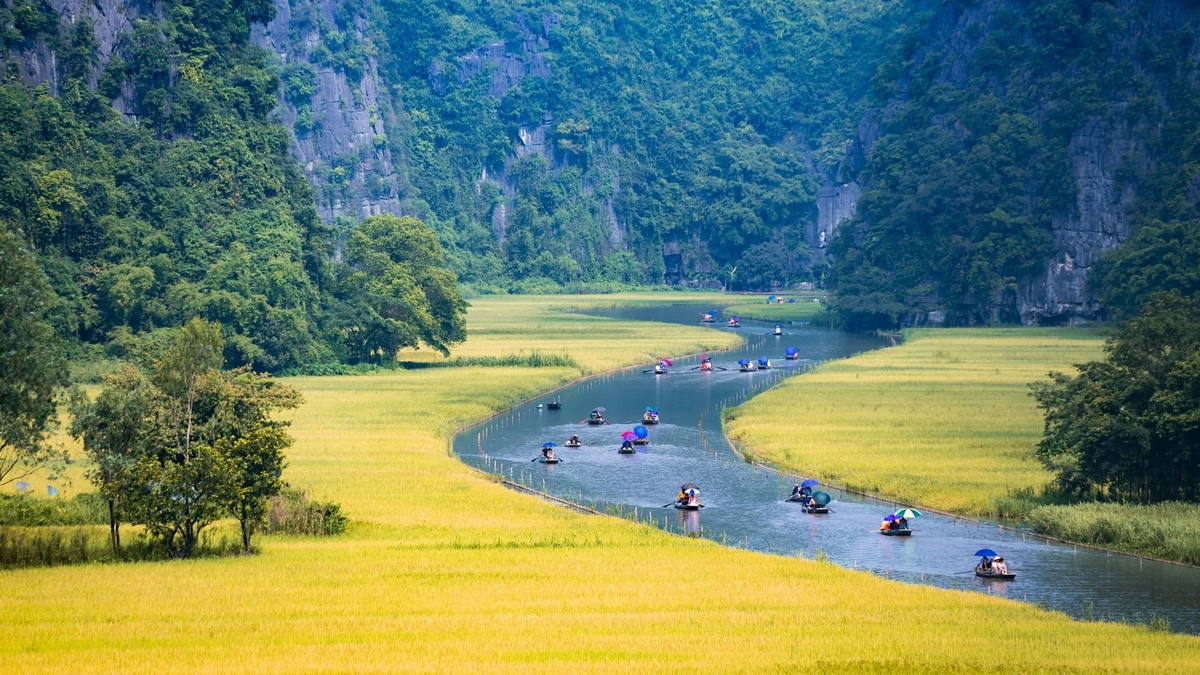
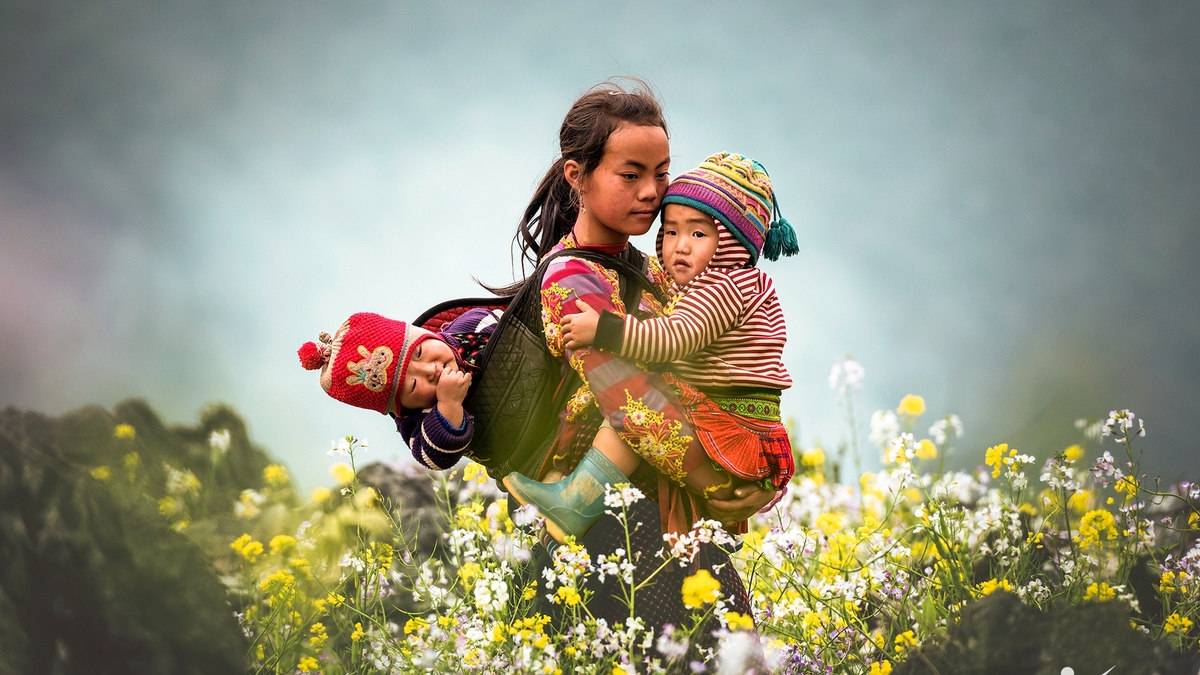

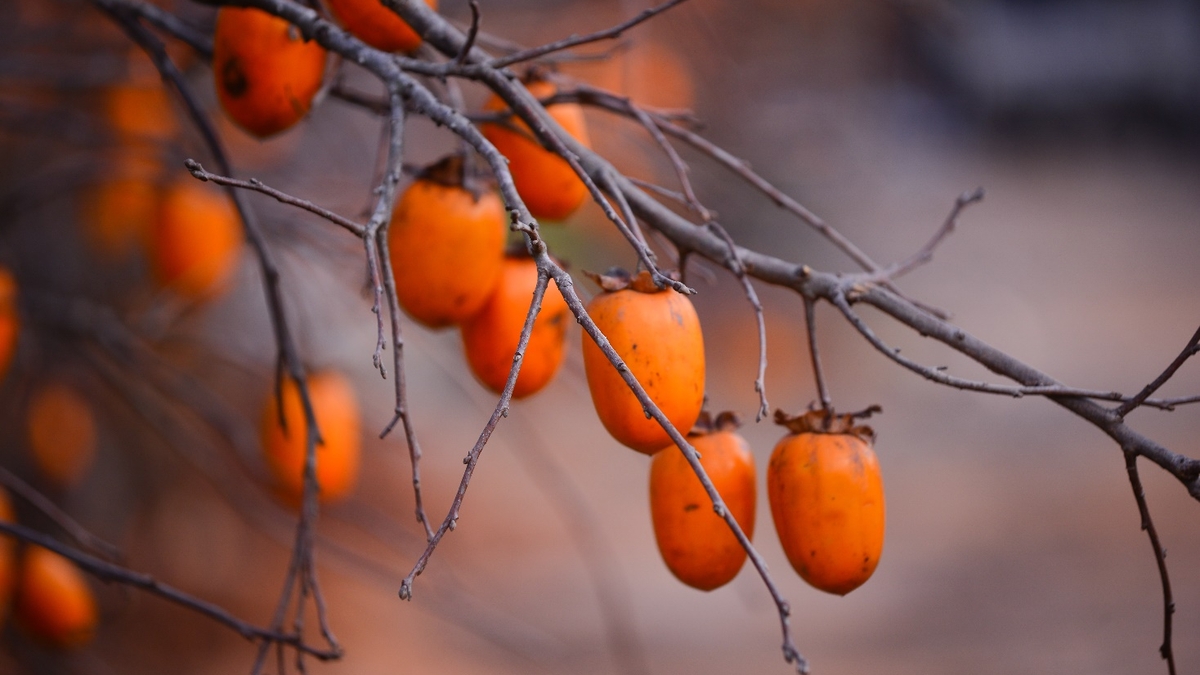

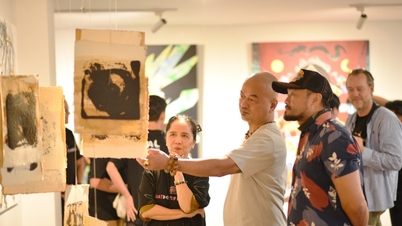




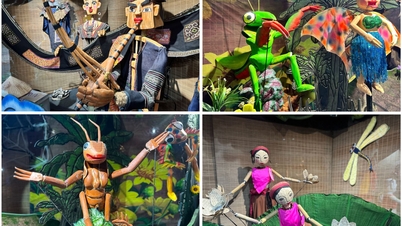










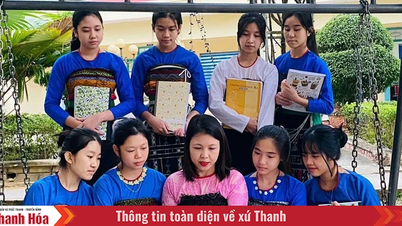

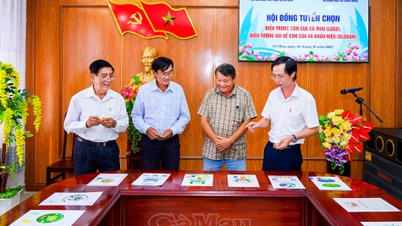

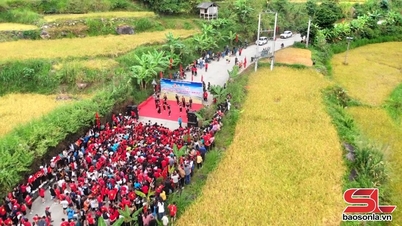






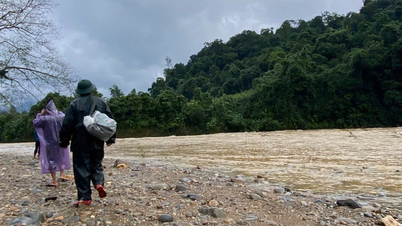


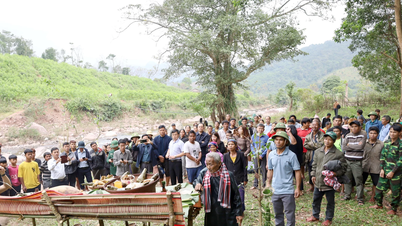



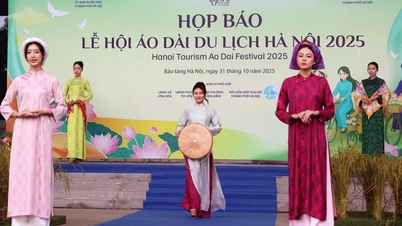

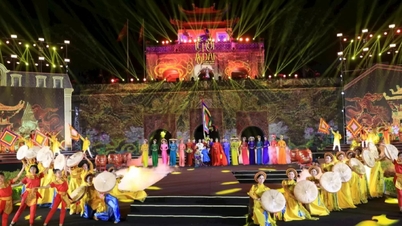



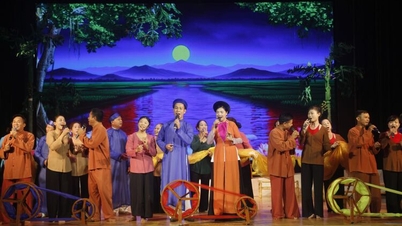

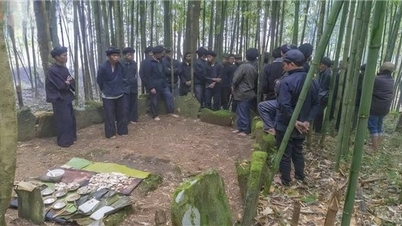





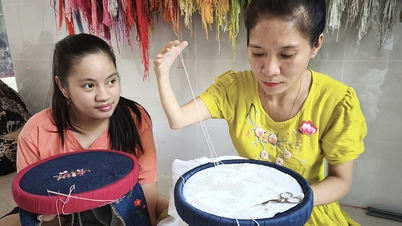




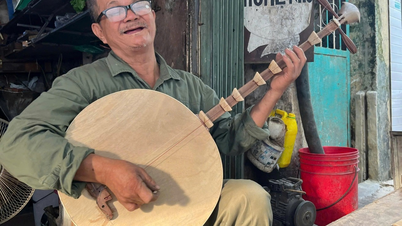

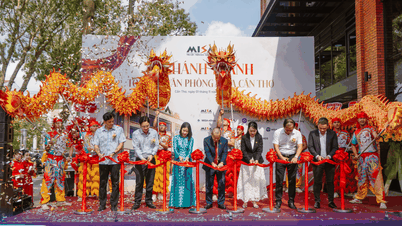

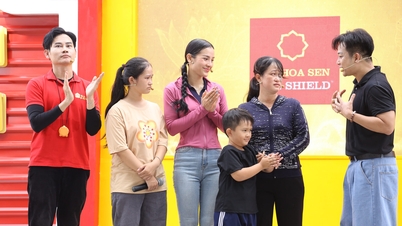


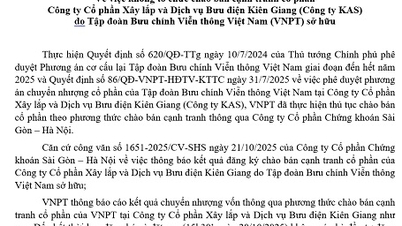

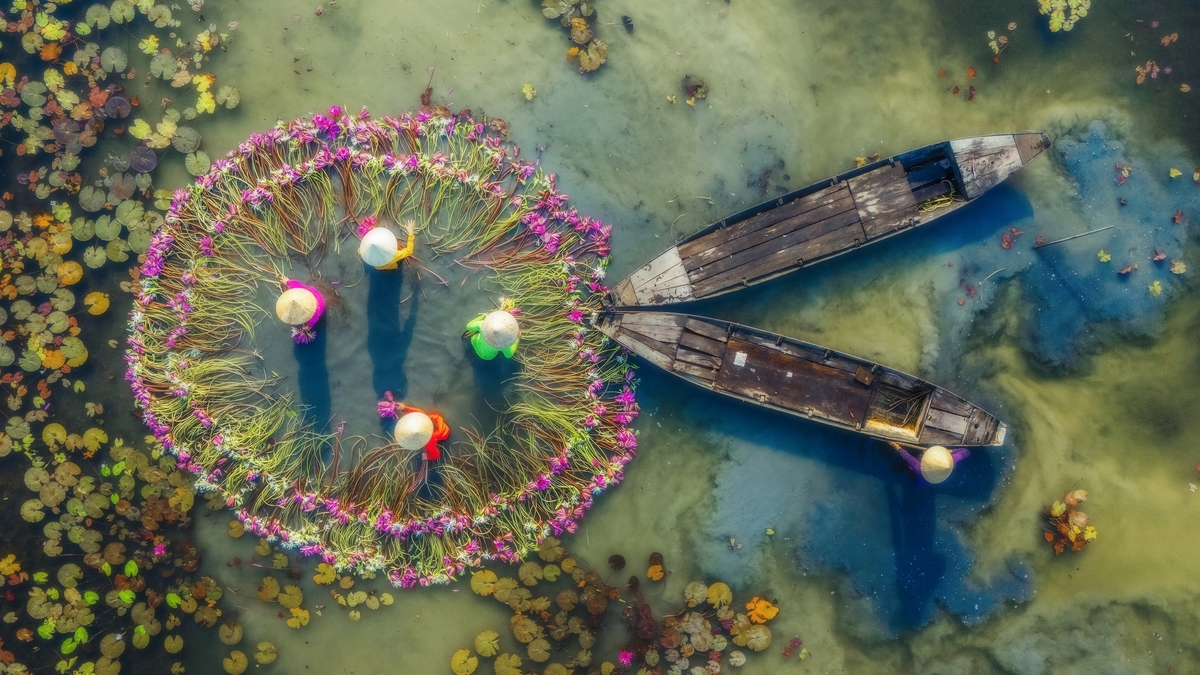



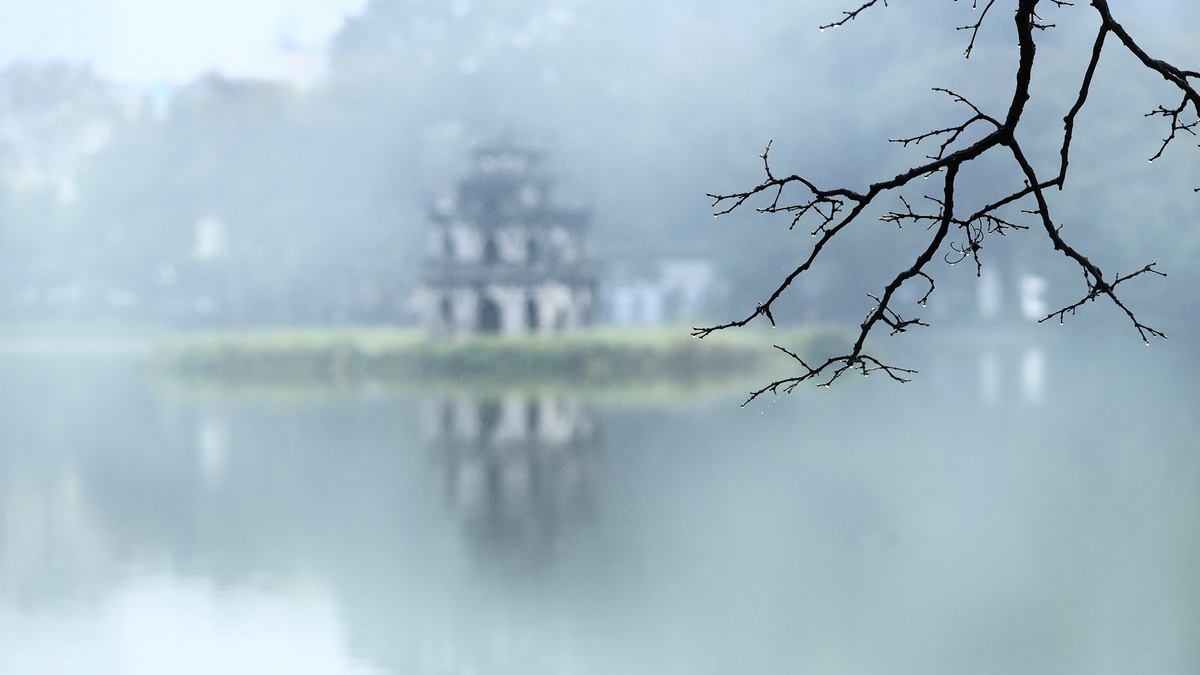









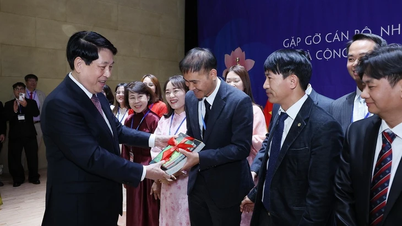
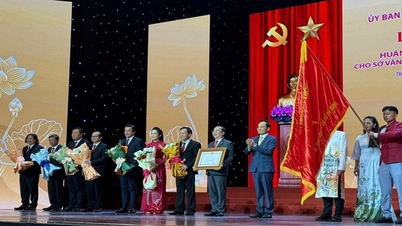


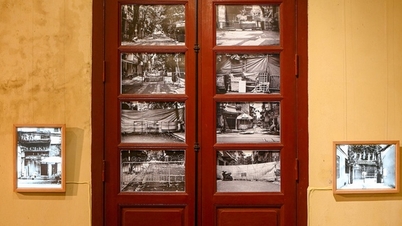


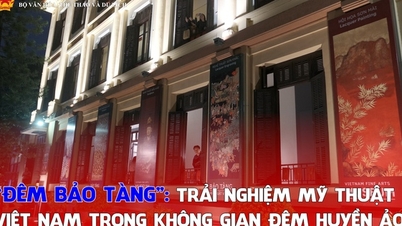
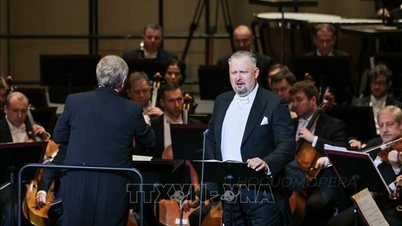





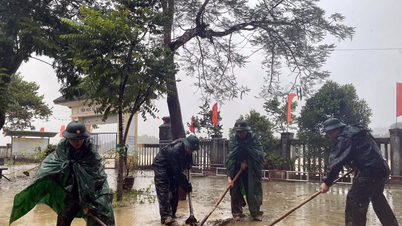





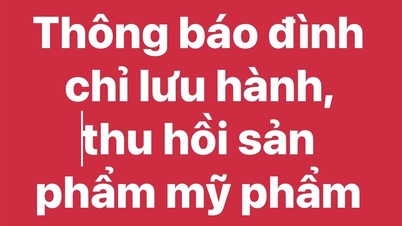


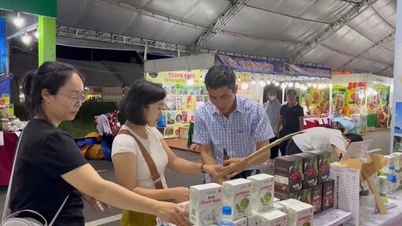

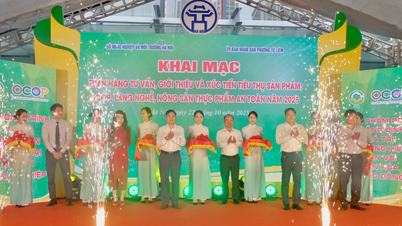

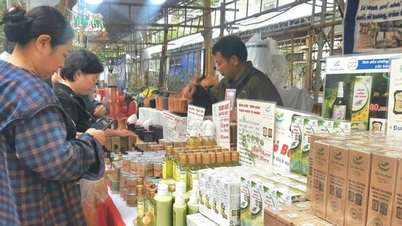





Comment (0)